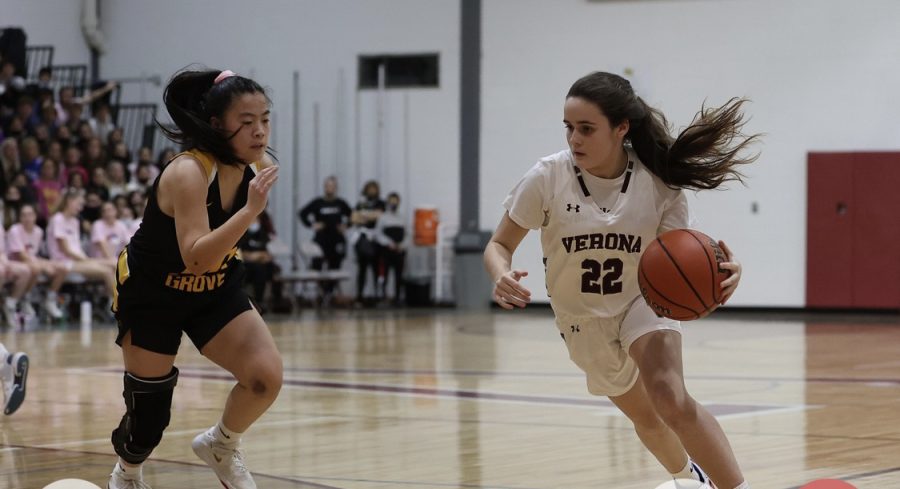Raising Awareness for Concussions
Brandi Chastain is a former soccer star who played on the 1999 U.S. women’s national team and has made a pledge to donate her brain to researchers who are looking into the impact of repeated head injuries. Why? Because while there have been 307 brains donated to research, two-thirds are the brains of former football players and only four of these brains belonged to females.
As everyone knows by now, one of the most common injuries in sports are concussions. In recent years, researchers have taken a closer look at the impact of concussions on the brain. Will Smith’s recent film, Concussion, about Doctor Bennet Omalu, a Nigerian pathologist researching the long-term effects of head trauma, brought even more attention to the topic. But this film is about the NFL’s response to the issue, and so again specifically focuses on the brain of the male athlete.
The research that has been conducted so far proves that females are more vulnerable to concussions than males are. In a recent study in college sports, it was shown that women’s ice hockey players suffered the highest concussion rate. In high school sport studies, it was proven that women’s soccer suffered twice the amount of concussions than the males team. Not only are they more susceptible, but some studies show that the symptoms are harsher and the rate of recovery is longer. They believe the rate of recovery is longer to due to hormones. If becoming concussed during your premenstrual phase symptoms may seem to worsen. This is because the progesterone levels are high which means there is a drop in hormones.
According to the CDC there are between 1.6 and 3.8 million sports related concussions in the United States per year. In 2011 a study proved that 11% of concussions reported to high school athletic trainers were repeat concussions. In 2007, 30 to 80 percent of high school athletes that suffered concussions showed signs up to three months after diagnosed and one out of seven of these athletes showed symptoms up to a year after diagnosis.
Lack of scientific studies for women is one of the reasons we cannot narrow down a specific reason as to why they are more susceptible. A few researchers have come up with the notion that they have a smaller head and neck than boys, which means that the muscles are weaker causing them to be more vulnerable to trauma.
Chastain feels that by donating her brain, it will encourage other athletes of her generation to do so. If more female athletes’ brains are donated, researchers will be able to discover more and make strides forward to help preventing concussions and the repercussions they come with.
If there is an increase in the amount of female brains donated to scientific research, we may be able to lower concussion rates in women. If more professional female athletes speak out about the seriousness of head injuries it will drive the point home that not only male football players are vulnerable to concussions all athletes are, no matter your gender, sport or level of play.















